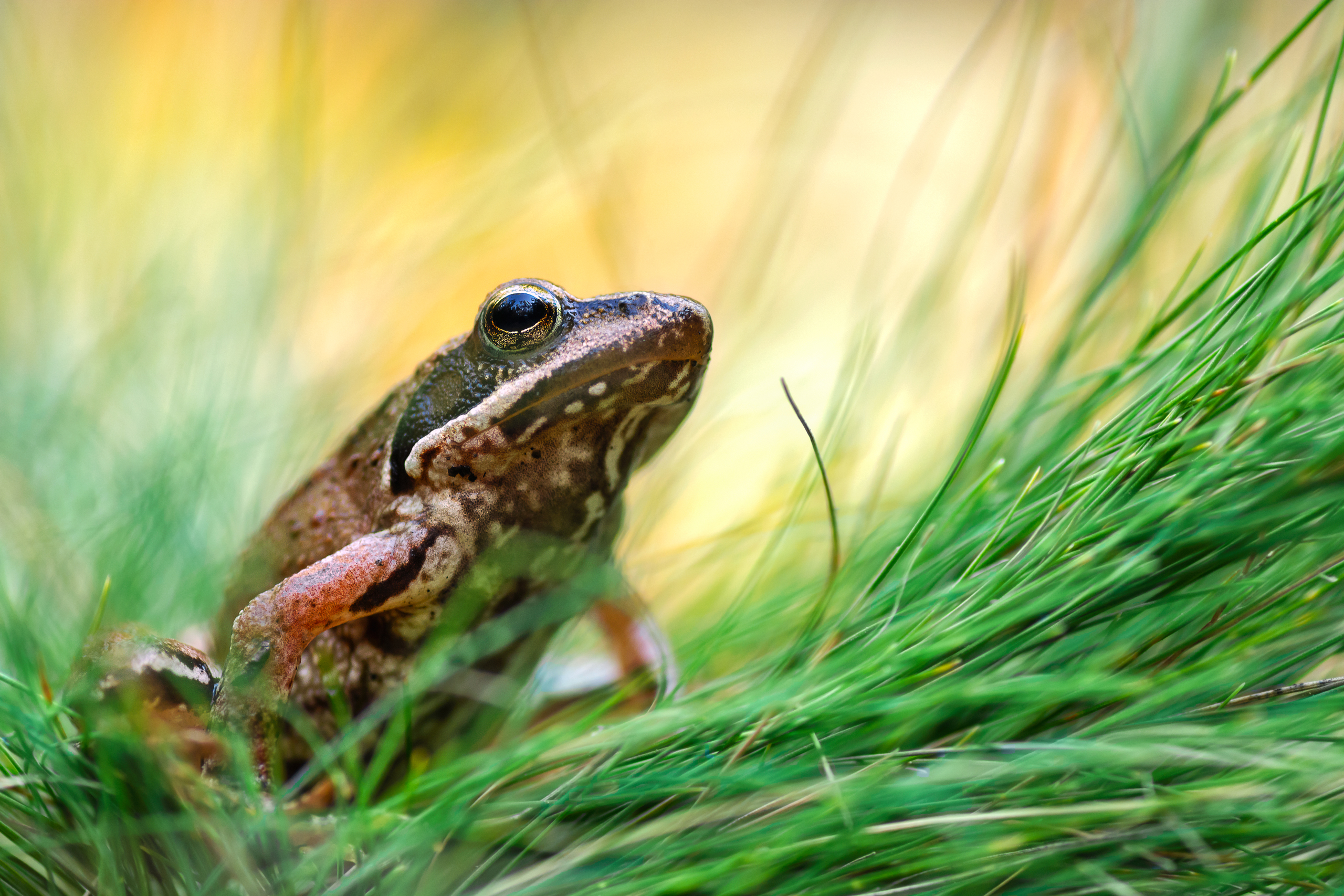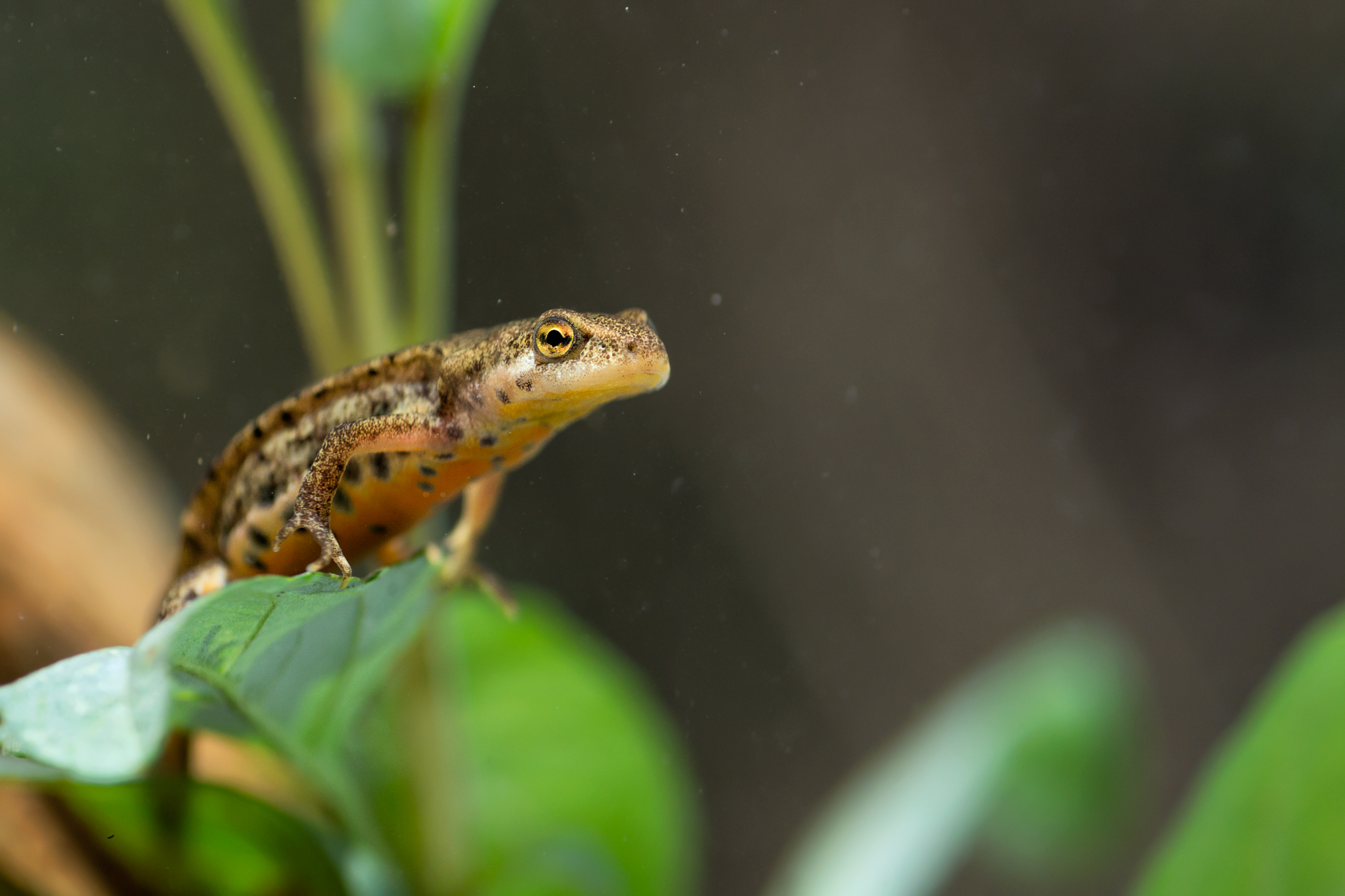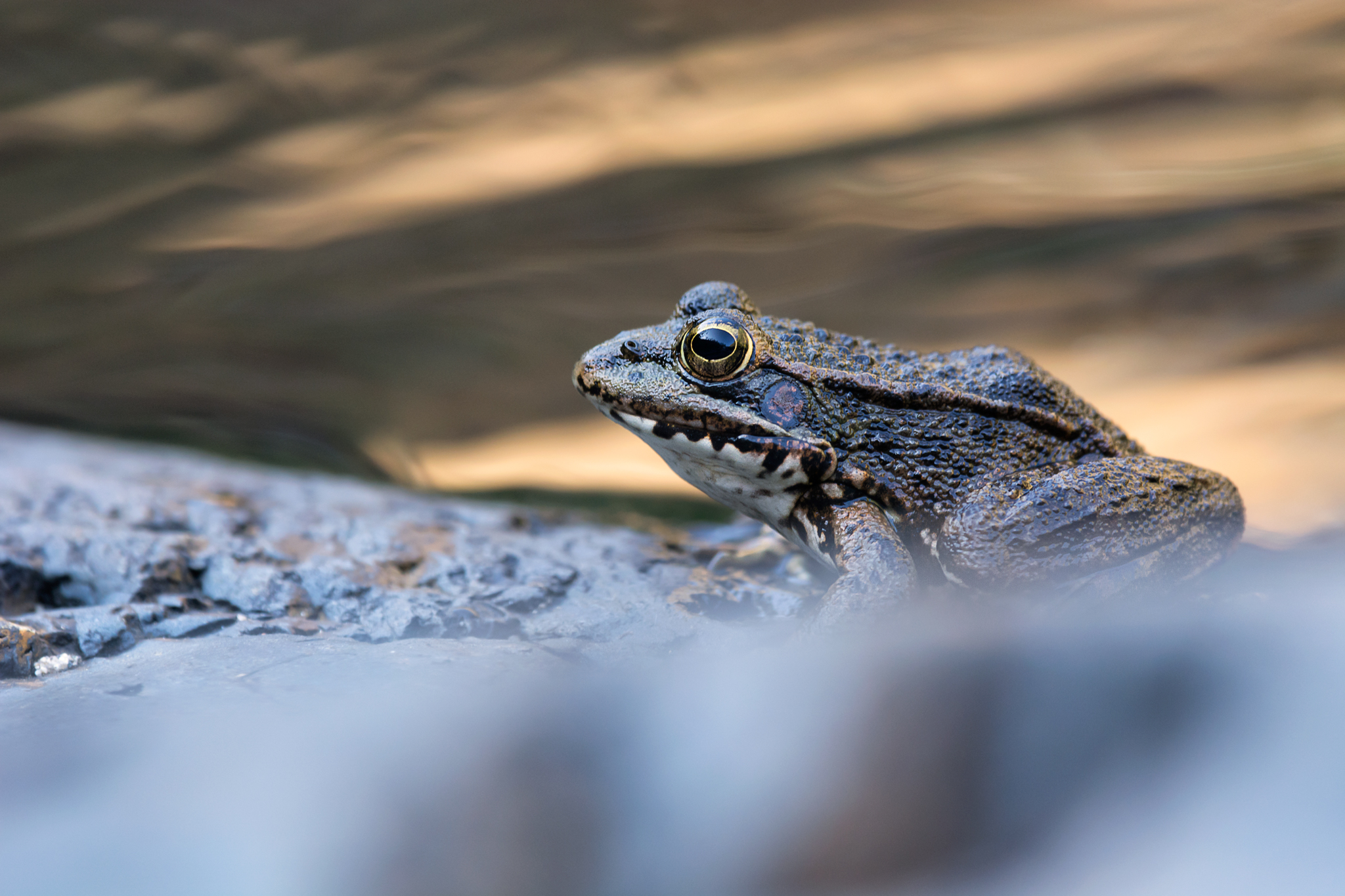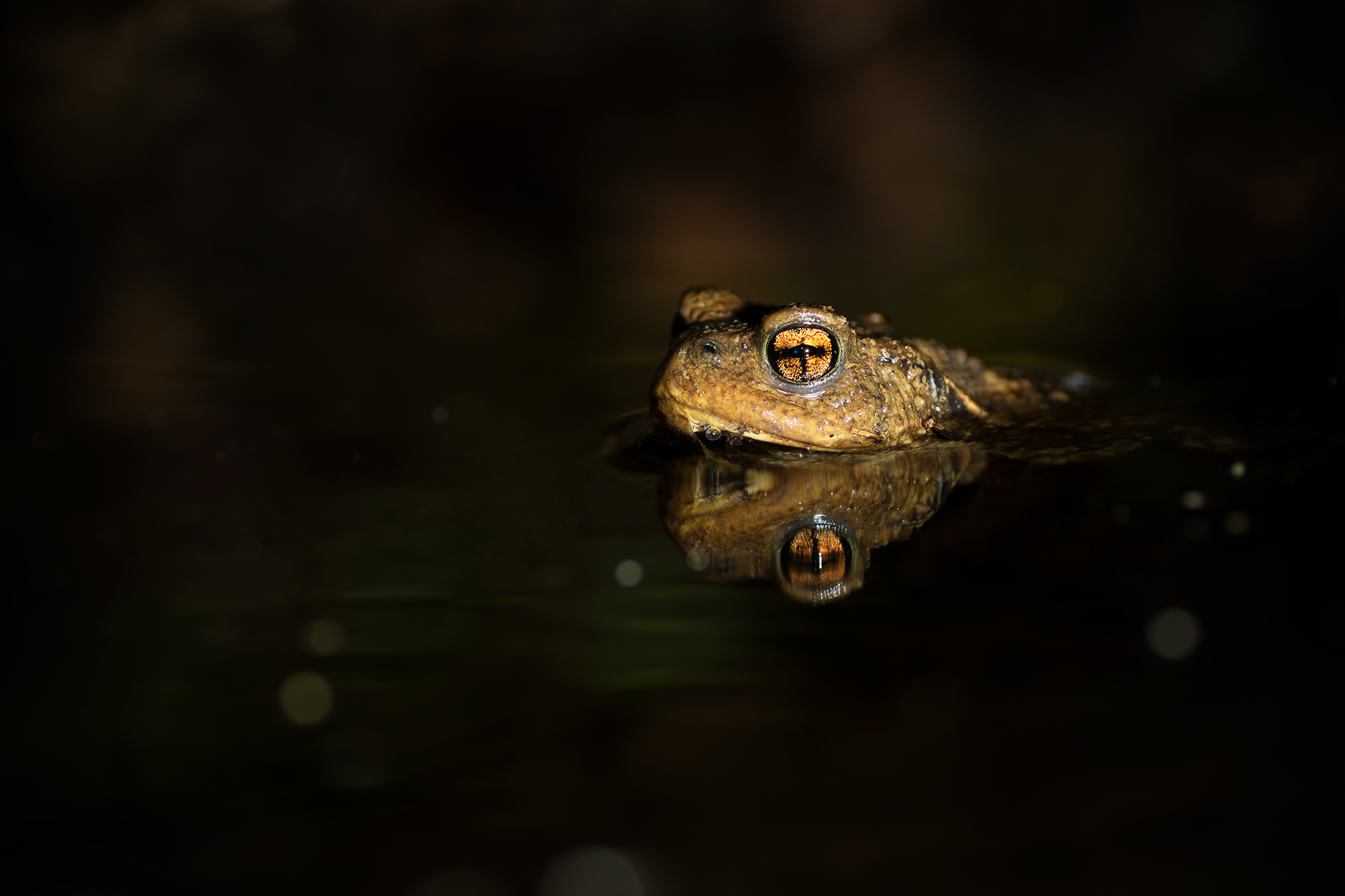At the time of writing of this article, there are 8338 known species of amphibians spread throughout the world, some with vibrant colours, others with very peculiar behaviours. They are extraordinarily interesting animals indeed, yet they are often victims of irrational superstitions. Photography is a great way to counteract these ideas and show the beauty of these animals and their importance to the various ecosystems they can leave in. Here are some tips that will help you get good results.

When and where to look for amphibians?
To photograph any species of amphibian is important to know its activity pattern, both daily and annual. In general, this activity is mostly related to the relative air humidity, precipitation and temperature. Amphibians are more active in humid and mild days and many species can be easily observed at dusk and at night, however, they can also be seen during the day, especially some species with more aquatic habits (as newts and frogs).

Amphibians can be found in a great variety of habitats, including agriculture areas, coastal dunes, woodland, mountains, rural areas, etc. and even in deserts and in the arctic. However, during the breeding season and larval stage, they are usually restricted to places with some humidity and water availability. Sure, each species has their own particularities and the environmental characteristics they prefer may vary and that’s why it is very important to study the habits of the species you want to photograph.
Tips on photographic technique that can make a difference
Some of the techniques for photographing amphibians are identical to the ones addressed in this article, but there are some aspects to be added.
Photographing at the same level of the eyes of the animal is always a great starting point and, usually, it is the approach I take when photographing wildlife.

However, if you experiment other angles you can get images with a different look and it may work, for example, photographing a golden-striped Salamander (Chioglossa lusitanica) from the top, contrasting it with the recently fallen leaves.

Another important question is where to focus and the answer is quite simple: in the eyes. Many amphibians have beautiful colours and these features offer excellent opportunities for close-ups, for example, some toads have colourful eyes and you can get beautiful images of them. Including the habitat is another way to get interesting photographs of these animals, contextualizing the image and providing more information about their biology.

Due to the nocturnal habits of amphibians, the use of flash can be handy. In these cases, avoid photographing with the flash mounted in the camera and place it instead by the side, towards the face of the animal. This small change, along with a diffuser, will make the light more natural.

Take care of the amphibians
One of the most important premises to keep in mind in nature photography, is that the animal is always more important than any image. Amphibians require some care, because they are susceptible to contracting extremely aggressive infectious diseases, responsible for destroying populations or even species all over the world. One of the most known and dangerous is Chytridiomycosis. This disease is easily carried by humans, thus manipulation of amphibians should be avoided, especially by someone with little experience.

In case you decide to do it, it is important to observe first the behaviour of the animal, because it can be searching for food or looking for a partner to mate. If one of these options happen to be true, let the animal alone. Don’t forget to sterilize your hands and all the objects that may come into contact with the amphibian. The time you take to photograph should also be as short as possible to avoid high stress levels and in the end you should always place the animals where you found them.
Thank you for reading this article. Feel free to comment and to share it. If you would like to know more about “how to photograph amphibians”, please contact me.
